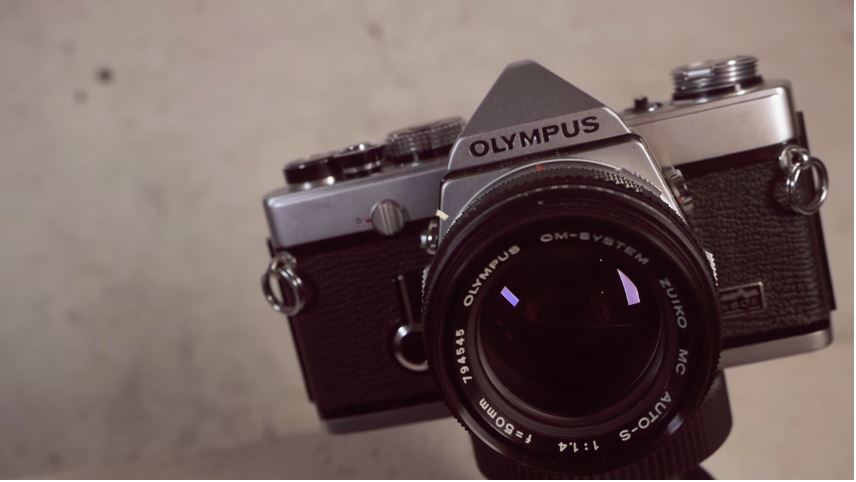Last Updated on 12/13/2017 by Chris Gampat
The Olympus OM-1 is still a favorite of film photographers to this day
Some posts back, we’ve saw some Olympus OM cameras make it to a list of the best budget 35mm SLR cameras you could buy to start shooting with film. In a beautifully detailed video by Analog Insights, we’ll find out more about what makes another Olympus classic, the Olympus OM-1, a top choice for film photographers today. Gear and film reviews are among the things Jules and Max do for the Analog Insights channel on YouTube. In one of their recent episodes, they picked up an Olympus OM-1, a manually operated 35mm SLR famous for its large and bright viewfinder, great big quality, beautiful minimalistic design, and small form factor. It was one of the cameras designed by the equally legendary Yoshihisa Maitani, known for his compact designs of the Pen and Pen F cameras.
All film photographers at some point in their analog journey will have come across this gem from the early 1970s in their quest to find a film camera to start with. What makes this camera an enduring recommendation to this day? Let’s follow Jules and Max in their shoot and find out what they think about the Olympus OM-1 in the video below.
What’s probably most noteworthy about the Olympus OM System is the access to the impressive Zuiko lenses, which are favored for their optical performance. We can definitely see this in Max and Jules’ sample shots using Kodak T-Max 400 and Fuji Provia 100 films. By the time the OM-1 was introduced in 1972, there were already over 30 lenses and many different accessories to choose from for this camera.
Also, as a mechanical camera with a center-weighted light meter (which can be turned on and off with a switch), the functions don’t depend on the battery. This means you won’t have a problem with your camera settings when the battery dies.
As with many things, the Olympus OM-1 also has some shortcomings, but only a few. First, it doesn’t have any auto exposure mode which, as Max mentioned, is important for beginners in film photography. To some extent this is a disadvantage, but it may also be a learning advantage since you’re setting everything manually.
Another shortcoming mentioned is it doesn’t display any information about the settings in the viewfinder. With this, you need to be sure of your settings before bringing the camera to your eye to compose your shot. Its light meter is also optimized for 1.35 volt mercury batteries, which are not available anymore. A quick fix would be to bring the camera for Cleaning, Lubrication, and Adjustment (CLA) prior to using, as some repair shops can set it for 1.5 volt batteries that are still available.
Do check out and subscribe to Jules and Max’s YouTube channel to watch more of their analog adventures.


